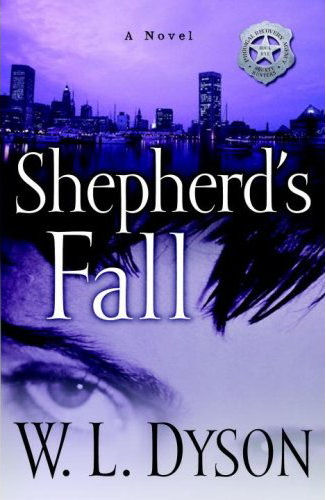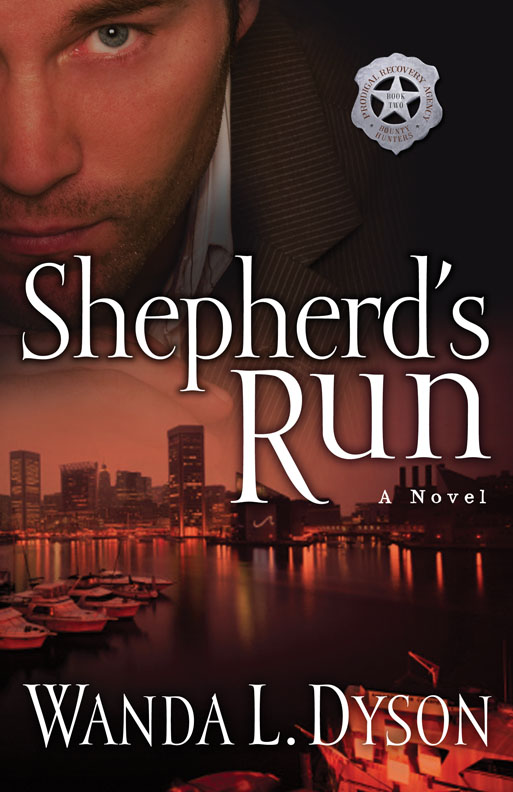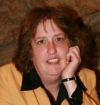|
I
can remember walking the four-plus miles to my local library when I was
young, selecting a book, and curling up for hours in a corner,
devouring every page and every scene. If I was in the mood for a
mystery, I chose a Nancy Drew novel, and if I
wanted adventure, I would read The Black Stallion
or Misty of Chincoteaque. Whatever I was looking
for, there was a genre to fit. Of course, if you were an
adventure/mystery lover like me, you had to read several books in a
day.
 A clear and defined
line used to stand between the mystery whodunit, the spine-tingling
suspense, and the mind-chilling thriller. For mystery writers, it was
all about hiding the culprit in the background while the main character
wove through a maze of clues and red herrings to find the killer. For
suspense writers, it was all about getting the protagonist through a
haze of life-threatening incidents to come out victorious in the end.
And for the thriller writer, it was all about high-octane,
page-turning, cranium-burning pacing that drove a protagonist through a
series of impossible obstacles. A clear and defined
line used to stand between the mystery whodunit, the spine-tingling
suspense, and the mind-chilling thriller. For mystery writers, it was
all about hiding the culprit in the background while the main character
wove through a maze of clues and red herrings to find the killer. For
suspense writers, it was all about getting the protagonist through a
haze of life-threatening incidents to come out victorious in the end.
And for the thriller writer, it was all about high-octane,
page-turning, cranium-burning pacing that drove a protagonist through a
series of impossible obstacles.
Now . . . not so much. The lines
are blurred to the point that for some writers (like me) there are no
lines at all. You can mix all the elements into a story that will keep
readers glued to the story until the last page. Reviewers have trouble
defining the genre, so the book may be referred to as a mystery by one
critic and a thriller by another, but as long as the story stays true
to itself, does it matter what it’s called? What’s the old saying? “I
don’t care what you say about me as long as you spell my name right?”
I think Terri Blackstock was the
first author I noticed who started to blur the lines. She is a master
at weaving the elements of suspense and mystery together into a hybrid
that draws readers by the thousands. Since then, many
|
have followed her
lead, and then the lines between the hybrid and the thriller began to
fade. Frank Perretti took suspense over the line into horror and upped
the ante, with Ted Dekker right on his heels to take it a step farther.
Then Kathy Mackel came out with the “chillers,” a combination of
suspense, thriller, and horror. Randy Ingermanson went so far as to mix
suspense, historical, and sci-fi into a three-book series. If I were
able to define my own genre, it would be action/adventure–crime
thrillers. I guess I haven’t strayed far from that little girl in the
library, have I?
Readers may look for lines
between contemporary and historical, or between romance and horror, but
it doesn’t mean you can’t have a little romance in your horror, and
some successful stories have blended historical and contemporary.
Lovers of Westerns will most likely stick to Westerns, and no doubt
Tracie Peterson would shudder at the thought of a serial killer in her
books. But as Randy Ingermanson proved, there’s still plenty of room
for stretching our stories into uncharted territory.
Does a clear line stand between
what you write and another genre? Does there
have to be? What would happen if you were to blur that line a little?
There’s a joke going around in the industry that the next great thing
will be an Amish Sci-Fi Historical. Totally ridiculous of course, but
you get the idea. But what will the next “big hit” be? Speculative
Suspense? It’s hard to say for sure. As always, we’ll know it when we
read it. But if your story demands that you move outside the lines,
don’t be afraid to move. Blur those lines a little. genre? Does there
have to be? What would happen if you were to blur that line a little?
There’s a joke going around in the industry that the next great thing
will be an Amish Sci-Fi Historical. Totally ridiculous of course, but
you get the idea. But what will the next “big hit” be? Speculative
Suspense? It’s hard to say for sure. As always, we’ll know it when we
read it. But if your story demands that you move outside the lines,
don’t be afraid to move. Blur those lines a little.
|










